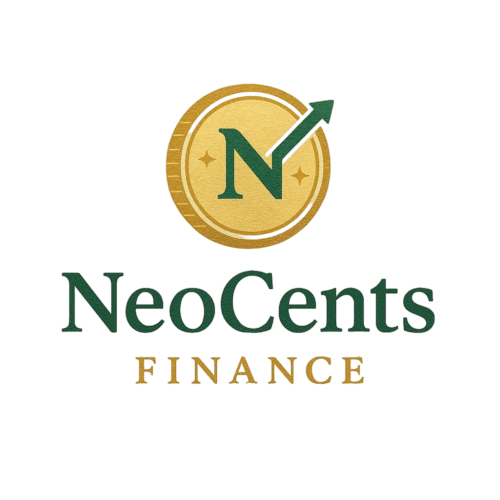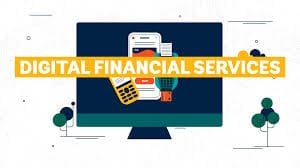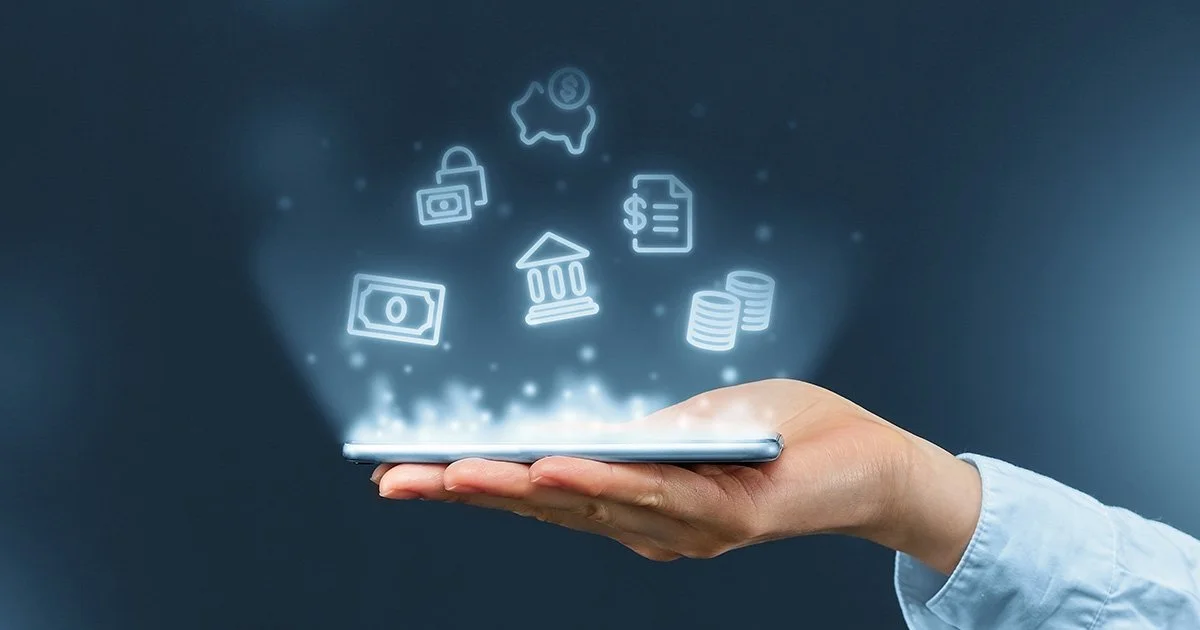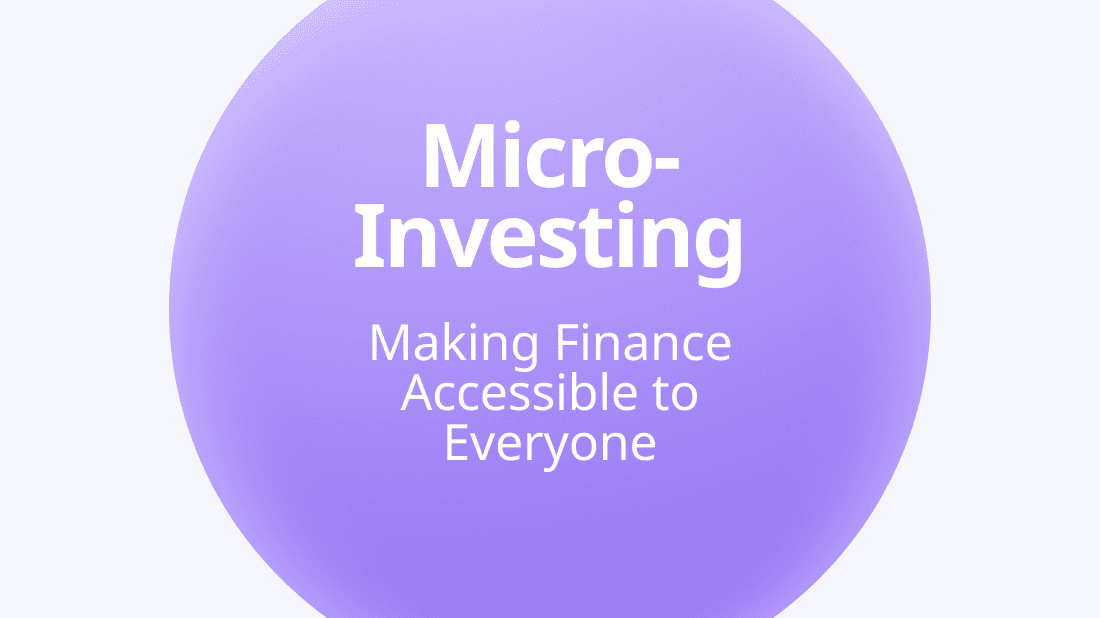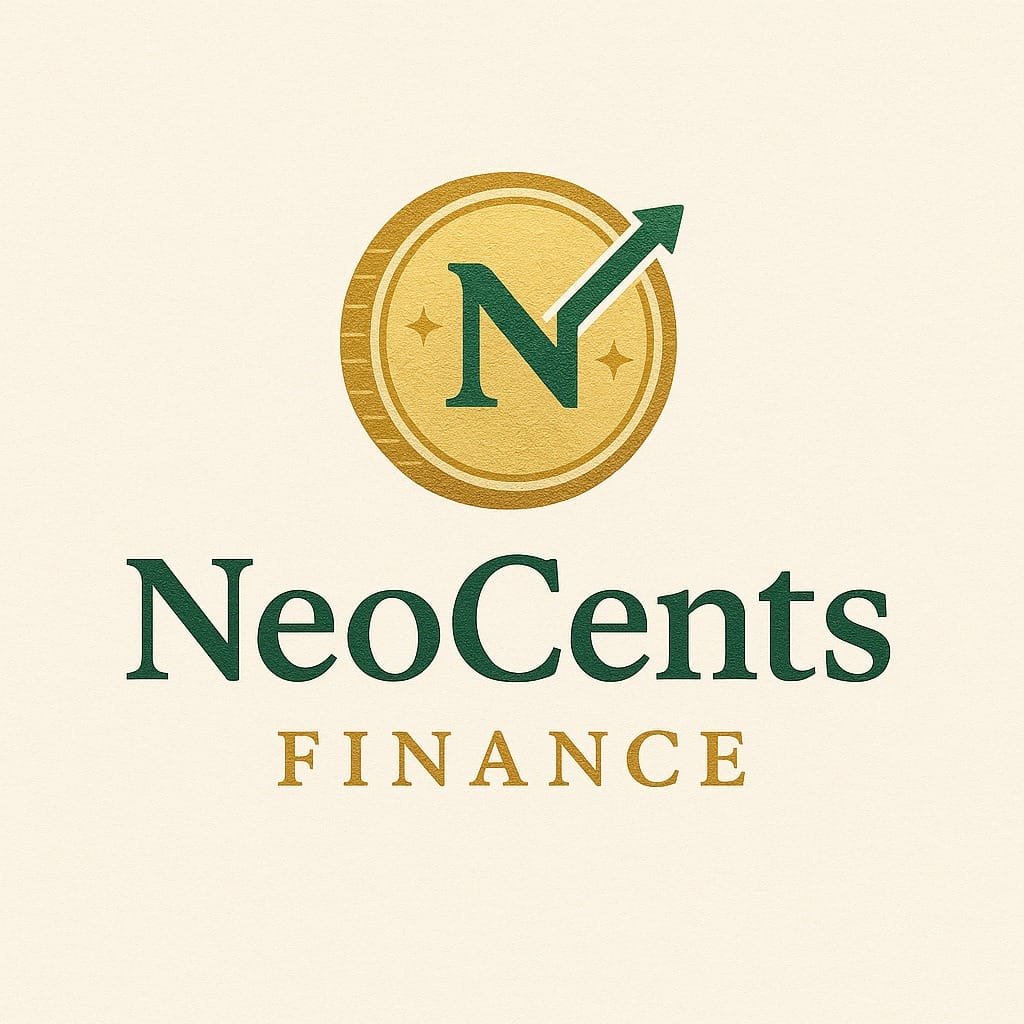In today’s hyper-digital world, sending money across the globe or paying for your morning coffee with your phone feels effortless.
But behind the scenes, a major technological revolution is making these digital financial transactions smarter, faster, and safer than ever before.
This game-changer is blockchain, and understanding how blockchain is powering digital financial transactions could transform the way you think about money, banking, and your financial future.
What Is Blockchain?
Imagine a digital ledger—a secure, decentralized notebook—that records every transaction made across a network. That’s blockchain in its simplest form. Unlike traditional banking systems that store records in one place, like a server owned by a bank, blockchain spreads this data across thousands of computers worldwide.
Each “block” contains a group of transactions, and once a block is filled, it’s linked to the previous block, forming a secure “chain.” This design makes it nearly impossible to tamper with, providing unparalleled security and transparency.
Why Blockchain Is a Big Deal in Finance
The rise of digital financial transactions from mobile banking to online payments demands security, speed, and trust. Traditional systems, while functional, often involve middlemen like banks and payment processors and layers of bureaucracy.
Here’s where blockchain changes the game:
Faster transactions, no waiting days for cross-border payments
Lower costs, fewer middlemen, mean fewer fees
Enhanced security data is encrypted and distributed
Greater transparency anyone can verify transactions
Whether you’re a student transferring rent to a roommate or a small business accepting global payments, blockchain offers a smarter way to transact.
Key Ways Blockchain Is Powering Digital Financial Transactions
Let’s explore the real-world use cases of blockchain in digital payments and finance.
1. Cryptocurrency Payments: Bitcoin, Ethereum, etc.
Cryptocurrencies like Bitcoin and Ethereum are built on blockchain. When you send crypto, the transaction is recorded directly on the blockchain peer-to-peer with no need for a bank.
Benefits:
Instant international payments
Lower transaction fees
24/7 processing, no bank hours
2. Decentralized Finance DeFi
DeFi uses blockchain to recreate financial services like lending, saving, and insurance without banks. Platforms like Aave, Compound, and Uniswap are examples.
Why it matters: DeFi puts the power in the hands of users. You can earn interest, borrow funds, or trade assets without traditional institutions.
3. Cross-Border Payments
Traditional international payments are slow and costly. Blockchain streamlines this by cutting out middlemen and providing real-time settlements.
Example: Ripple XRP is used by financial institutions to transfer money across borders within seconds.
4. Smart Contracts
Smart contracts are self-executing contracts with the terms written into code. They’re used for automating digital financial transactions, from splitting payments to releasing funds when conditions are met.
Use case: Crowdfunding platforms can automatically refund contributors if a goal isn’t reached.
5. Digital Wallet Integration
Many digital wallets now support blockchain-based currencies and features. Think of apps like Coinbase Wallet, MetaMask, or even PayPal, which recently integrated crypto support.
Why it matters: You can now hold and spend crypto just like dollars.
6. Banking Innovation
Some traditional banks are integrating blockchain for secure record-keeping and fraud detection. JPMorgan’s JPM Coin and IBM’s blockchain partnerships are major examples.
Benefits: Even traditional finance is getting faster, safer, and more transparent.
The Emotional Impact: Trust, Control, and Access
Blockchain isn’t just a tech upgrade—it’s a power shift. For decades, we’ve trusted banks and institutions to control our money. Now, blockchain offers a new kind of trust, one based on technology, not third parties.
Imagine:
Sending money abroad to family without high fees
Having full visibility into your transactions
Earning interest on your savings without a bank
That sense of freedom and control is why blockchain is so emotionally powerful. It gives users, not institutions, the upper hand.
Blockchain and the Future of Digital Finance
We’re just scratching the surface of what blockchain can do for digital financial transactions.
Here’s what’s coming:
Tokenization of assets: Real estate, art, and even stocks can be tokenized and traded instantly
Programmable money Smart contracts that release payments automatically
Central Bank Digital Currencies CBDCs Digital dollars issued by the U.S. Federal Reserve, could integrate blockchain-like features
AI + Blockchain: AI models that analyze blockchain data for fraud detection, credit scoring, and financial forecasting
Common Misconceptions About Blockchain and Digital Finance
Let’s clear up a few myths:
“Blockchain is just for crypto bros.”
Reality: Blockchain is for everyone—from moms paying for groceries to nonprofit donors tracking their impact.
“It’s not safe.”
Reality: Blockchain is arguably more secure than many traditional systems, thanks to encryption and decentralization.
“It’s too complicated.”
Reality: New platforms make blockchain user-friendly—even for beginners. You don’t need to understand code to use it.
Getting Started with Blockchain for Financial Transactions
Want to try it yourself? Here’s how to start:
Choose a blockchain-friendly digital wallet like Coinbase Wallet or MetaMask
Buy a small amount of cryptocurrency to experiment with, e.g., $20 in Bitcoin
Explore crypto payment apps like Strike, BitPay, or Crypto.com
Learn about DeFi platforms like Aave, Compound, or PoolTogether
Follow blockchain finance trends on sites like CoinDesk, Decrypt, and Bankless
Summary
Blockchain powers digital financial transactions by offering faster, cheaper, and more secure ways to send, receive, and manage money.
It’s used in crypto payments, banking, cross-border transfers, smart contracts, and DeFi.
The technology provides transparency, decentralization, and control, giving users more power over their finances.
Real-world benefits include lower fees, faster payments, and improved security.
Final Thoughts
You don’t have to be a tech expert to benefit from blockchain. Whether you’re a parent budgeting for back-to-school shopping, a college student hustling freelance gigs, or a retiree sending money to grandkids, blockchain is quietly reshaping your financial landscape.
In a world that runs on fast, digital money, blockchain ensures those transactions are not just instant, but also trustworthy, transparent, and empowering.
So the next time you tap your phone to pay, remember: behind that tap, there’s a revolution happening, and it’s called blockchain.
Welcome to the future of finance.
